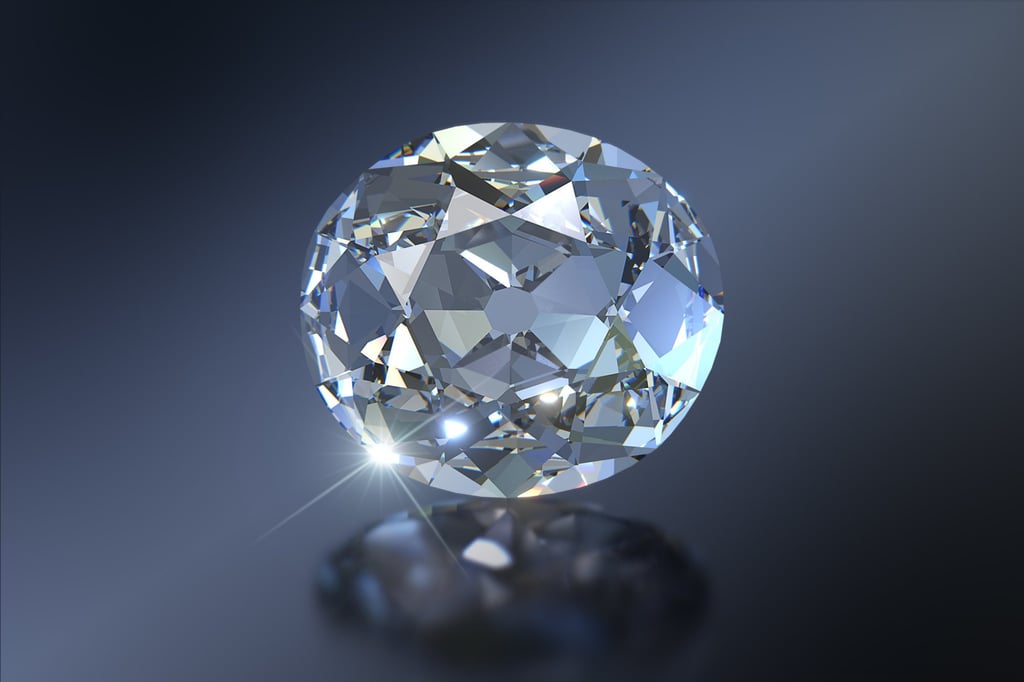Why men wearing flamboyant high jewellery is nothing new – Timothée Chalamet and Robert Pattinson defy convention with gender-neutral gems, but Ancient Egypt and India’s maharajas did it first

- Alexander Skarsgård, Jeremy Strong and Lil Uzi Vert are among the stars re-embracing the flamboyant trend that Derek Guy, a men’s style influencer on Twitter, says was historically male as well as female
- Maharaja Ranjit Singh of Punjab wore the Koh-i-noor diamond on his turban while Maharaja Bhupinder Singh of Patiala commissioned a necklace from Cartier with the De Beers diamond
Gender norms are loosening in fashion, in the opinion of Derek Guy, anyway, regarded as the most prominent men’s style commentator on Twitter, where he goes by @dieworkwear.
“The border between menswear and womenswear is more porous than it was 10 years ago. Additionally, many men are more comfortable being openly interested in fashion in a way they weren’t until recent years, and wearing jewellery certainly signals that,” he said, explaining the rising level of enthusiasm for men’s bejewelled adornments.
As Guy has pointed out often in his writing, flamboyant styles of dress that the mainstream may view as typically feminine today were recently considered entirely appropriate for men.

Similarly, though the past century has been rather austere on the male jewellery front overall, the fact is, the recent re-embrace of masculine bling is simply a return to the natural order of things. Throughout history, men have been voracious jewellery consumers.
Clients in their twenties to thirties are more open in the jewellery they pick compared to the past, pushing the traditional notion of what one would see as male or female design pieces
In ancient Greece and Rome, affluent citizens draped themselves in gold chains strung with amulets, and rocked bracelets and rings – delicately crafted and engraved in the case of the Greeks; studded with sapphires, diamonds and semi-precious stones for their Roman successors. In both cultures, a chunky signet ring decorated with your unique mark both displayed a high station and served as a form of identification, used to seal and sign letters and contracts.

In addition to facial make-up, the avowed dandies of ancient Egypt wore false beards and scented wigs, and sported numerous gold and silver necklaces, bracelets, earrings and rings with colourful adornments such as lapis lazuli, turquoise and carnelian. A hefty gold ankh amulet made a twofold statement: in the future, you were headed for the afterlife, but meantime, you were living the good life in the here and now.
Similarly, in the Middle Kingdom of several millennia ago, affluent and high-born men of China’s Shang and Zhou dynasties displayed their position through ornamental pendants, hairpins, rings and earrings. Because of the great skill involved in its carving, which took many years to master, jade was considered the most prestigious of materials, and an expertly engraved accessory in the rarest of jades would have earned immense admiration.
